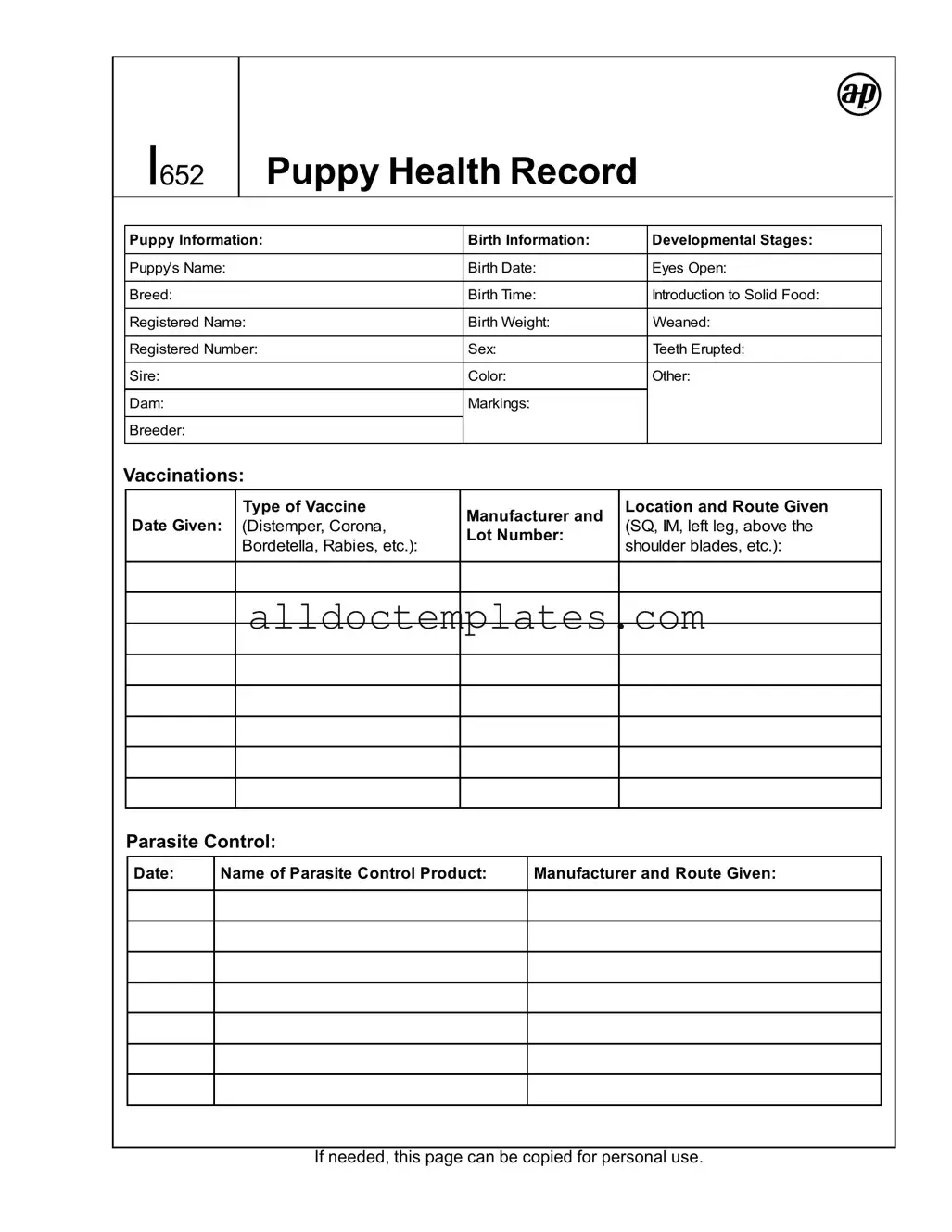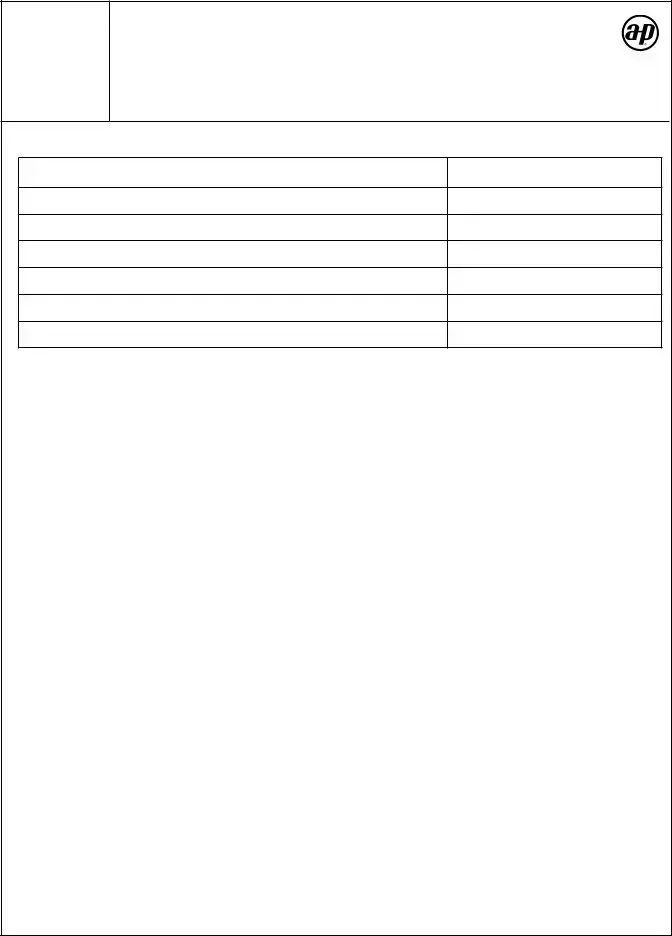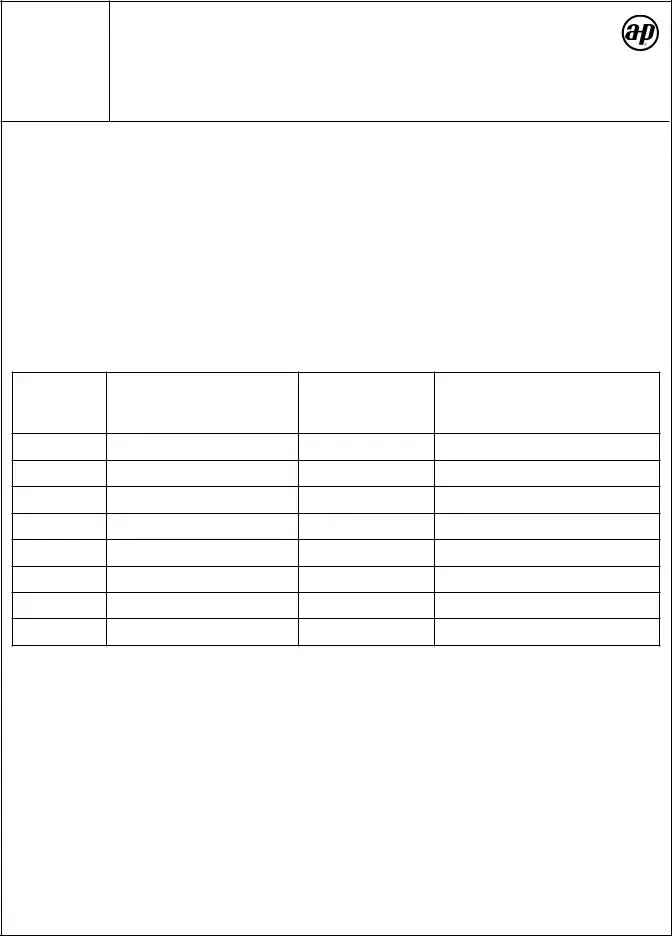Fill in a Valid Puppy Health Record Form
The Puppy Health Record form is a comprehensive document designed to track the health and developmental milestones of a puppy from birth to spay or neuter. It includes essential information such as the puppy's name, birth details, vaccinations, and parasite control measures. Keeping this record updated ensures that both owners and veterinarians can monitor the puppy's health effectively throughout its early life.
Get Your Form Now


